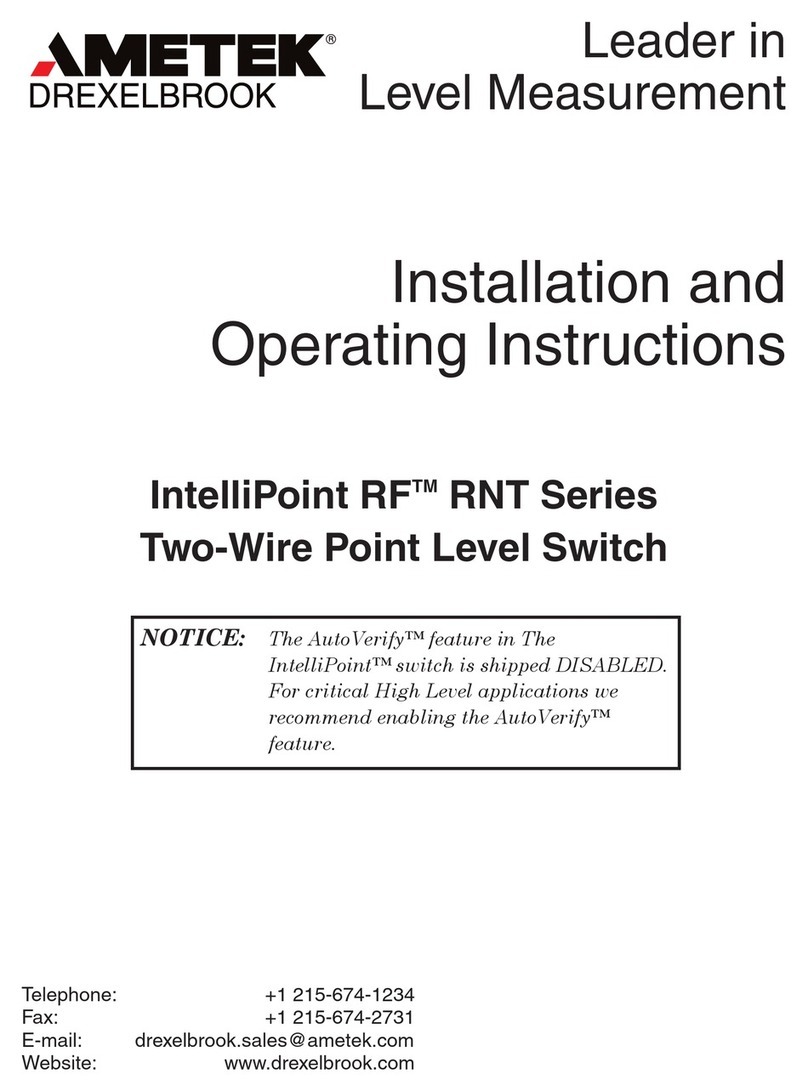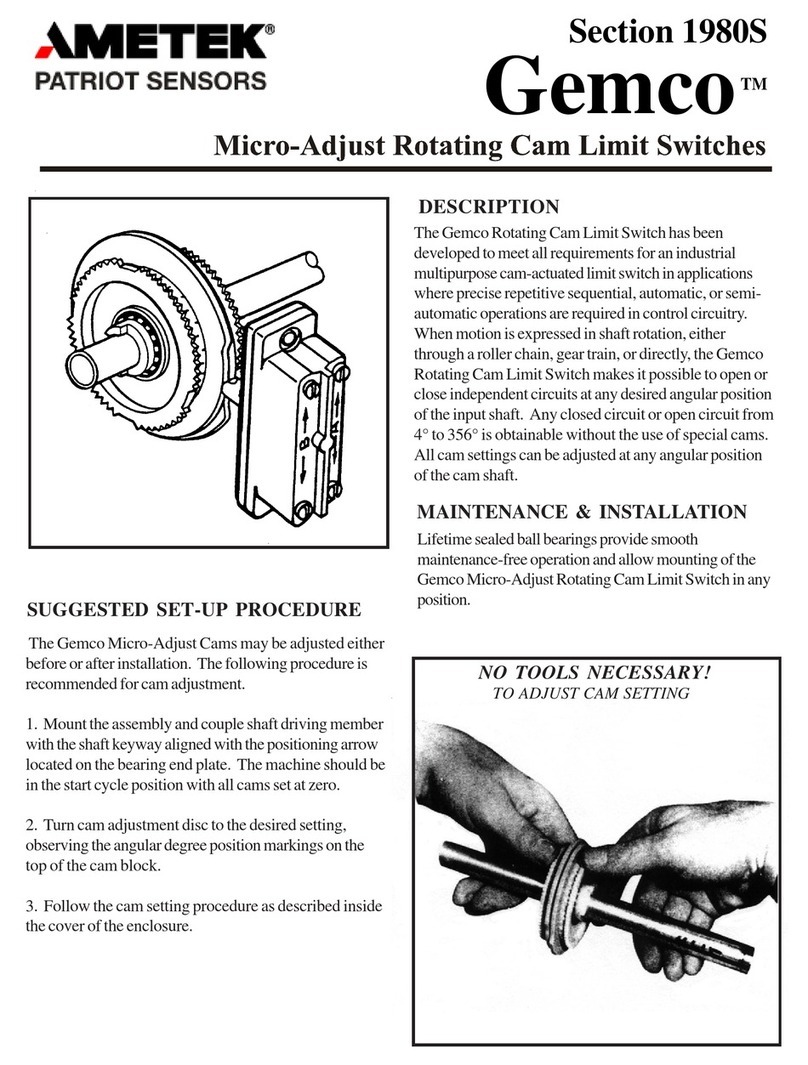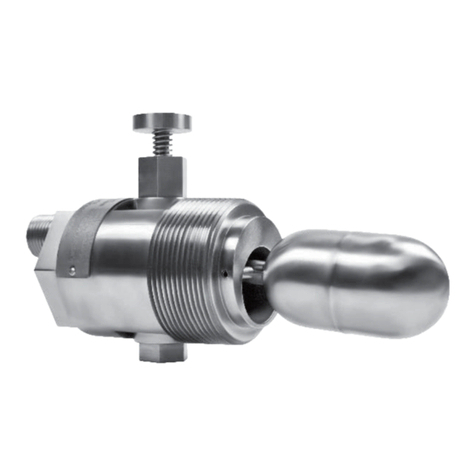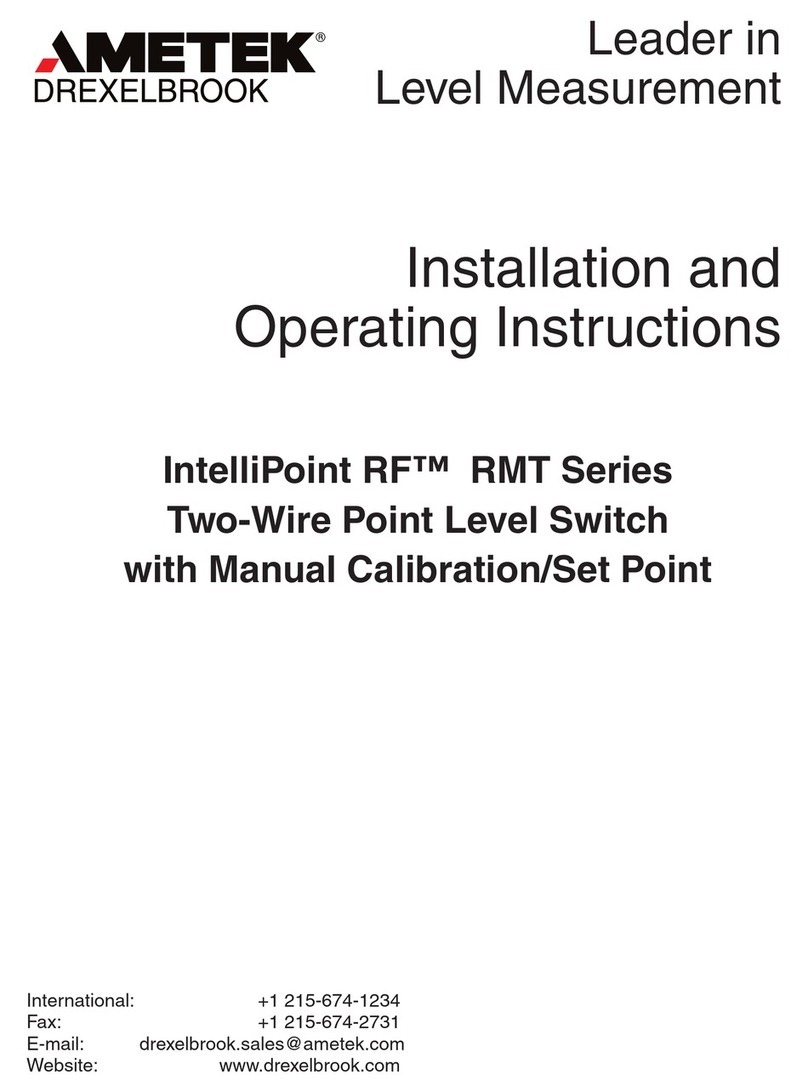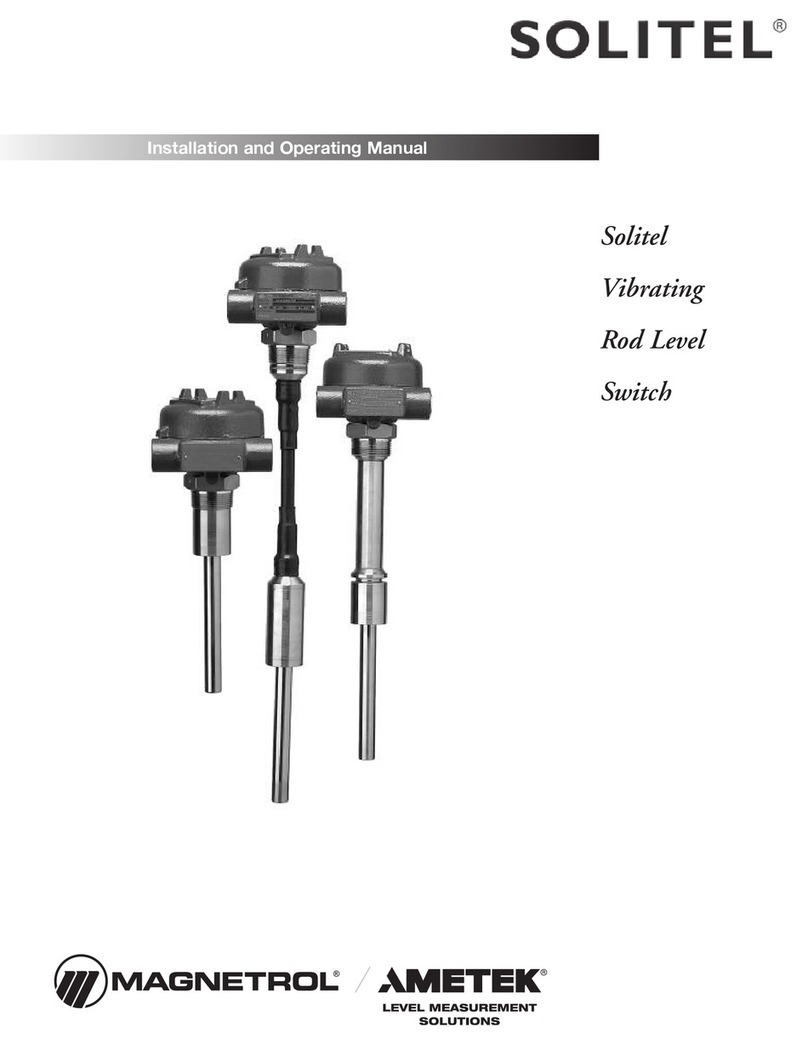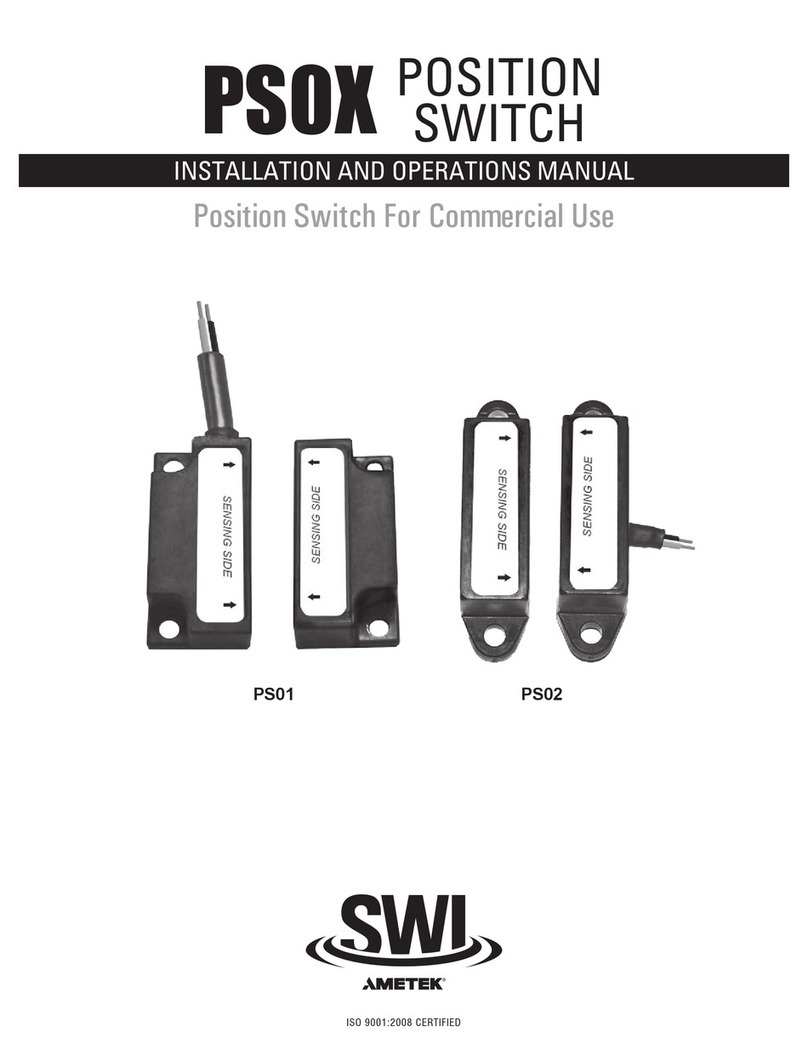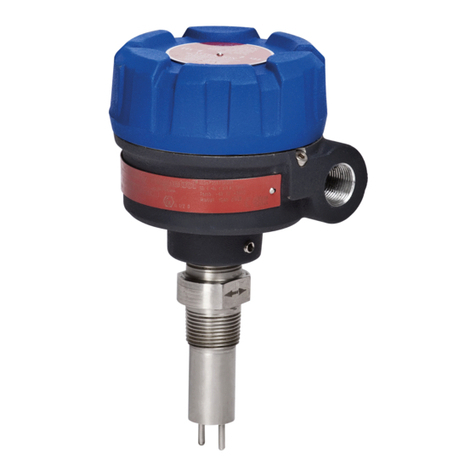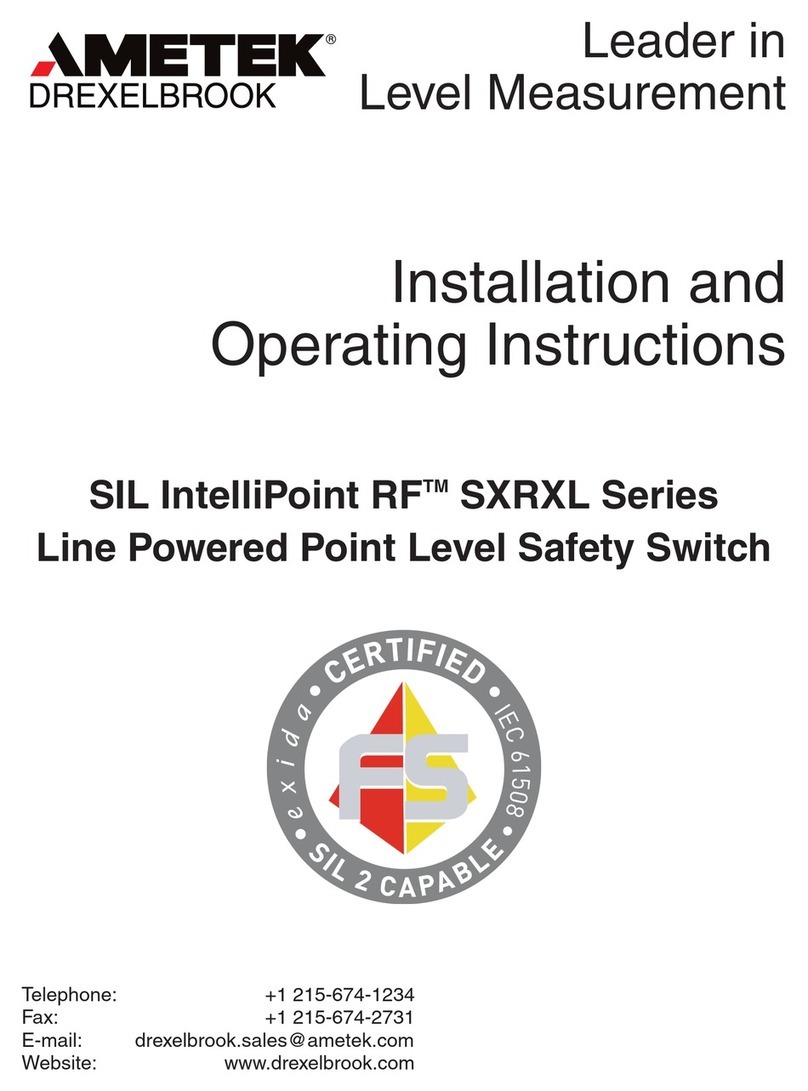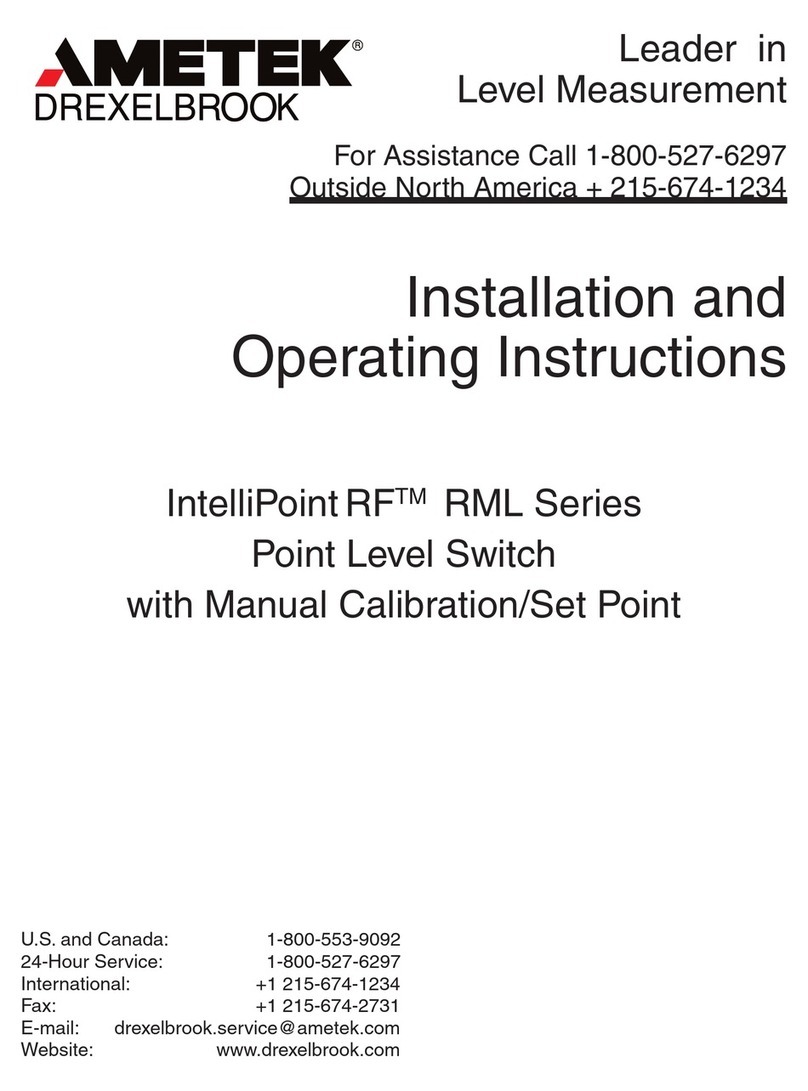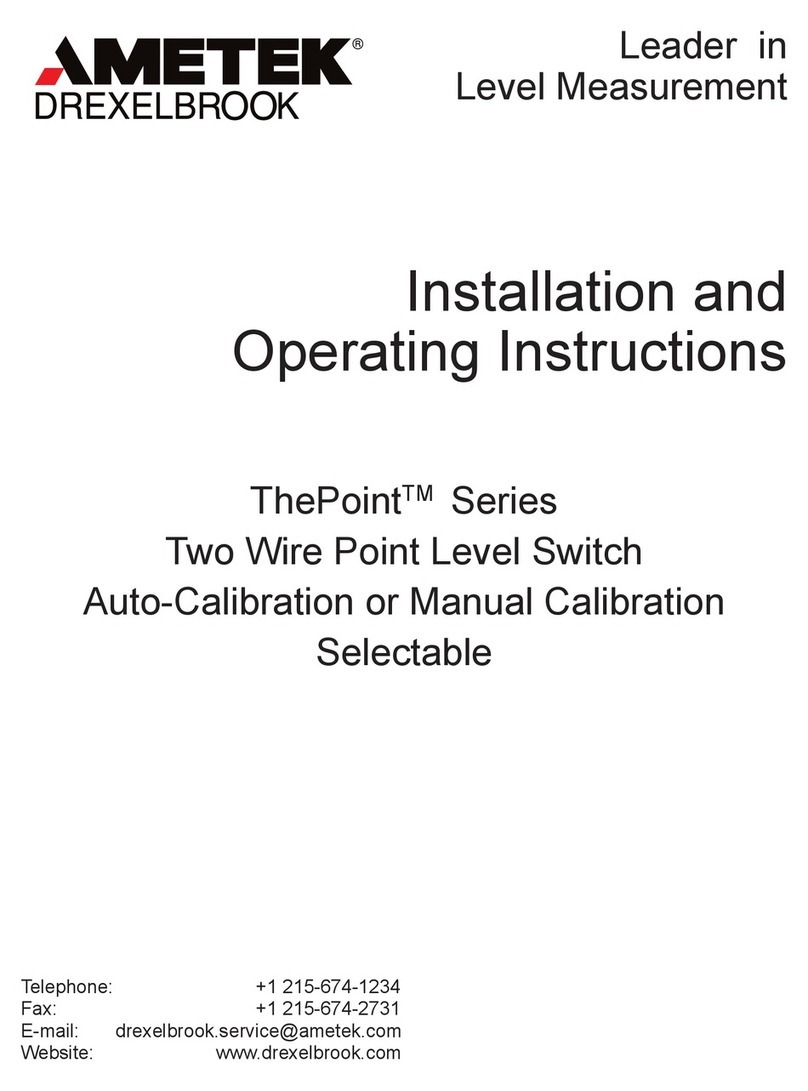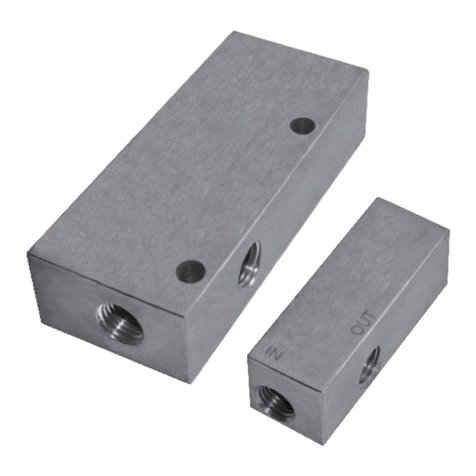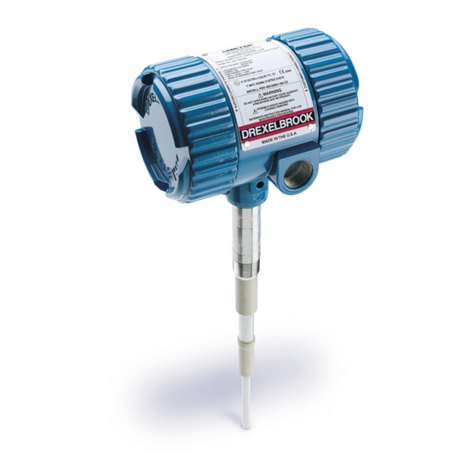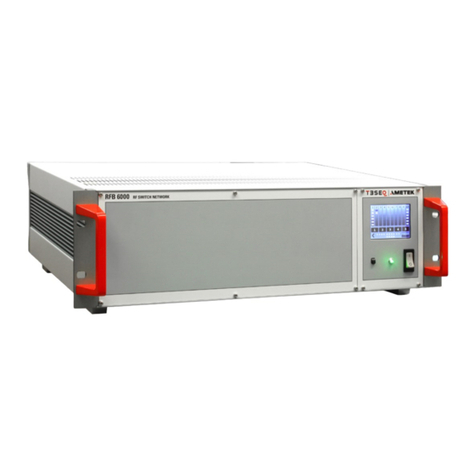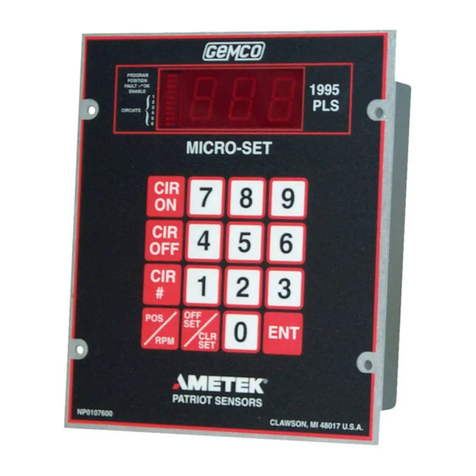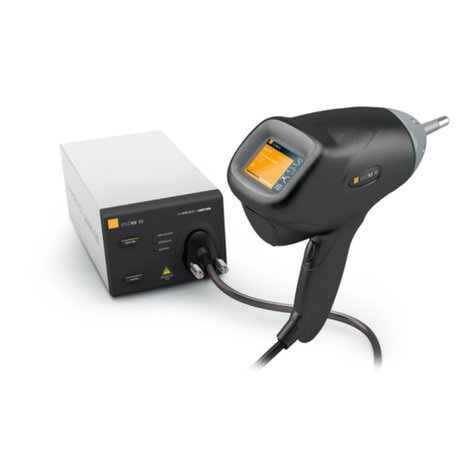
Read this Manual Before Installing
This manual provides information on Series 3 Liquid
Level Switches. It is important that all instructions are read
carefully and followed in sequence. Detailed instructions
are included in the Installation section of this manual.
Conventions Used in this Manual
Certain conventions are used in this manual to convey
specific types of information. General technical material
support data and safety information are presented in
narrative form. The following styles are used for notes
cautions and warnings.
Notes
Notes contain information that augments or clarifies
an operating step. Notes do not normally contain
actions. They follow the procedural steps to which
they refer.
Cautions
Cautions alert the technician to special conditions that
could injure personnel damage equipment or reduce
a component’s mechanical integrity. Cautions are also
used to alert the technician to unsafe practices or the
need for special protective equipment or specific
materials. In this manual a caution box indicates a
potentially hazardous situation which if not avoided
may result in minor or moderate injury.
Warnings
Warnings identify potentially dangerous situations or
serious hazards. In this manual a warning indicates an
imminently hazardous situation which if not avoided
could result in serious injury or death.
Safety Messages
Follow all standard industry procedures for servicing elec-
trical equipment when working with or around high
voltage. Always shut off the power supply before touching
any components.
Low Voltage Directive
For use in Installation Category II Pollution Degree 2. If
equipment is used in a manner not specified by the
manufacturer protection provided by the equipment may
be impaired.
Warranty
All Magnetrol mechanical level and flow controls are war-
ranted free of defects in materials or workmanship for
three full years from the date of original factory shipment.
Repair parts are warranted free of defects in materials and
workmanship for one year from the date of shipment.
Materials specifications and contents are subject to
change without prior written notice.
If returned within the warranty period; and upon factory
inspection of the control the cause of the claim is
determined to be covered under the warranty; then
Magnetrol will repair or replace the control at no cost to
the purchaser (or owner) other than transportation.
Magnetrol shall not be liable for misapplication labor
claims direct or consequential damage or expense arising
from the installation or use of equipment.
There are no other warranties expressed or implied
except special written warranties covering some
Magnetrol products.
Quality Assurance
The quality assurance system in place at Magnetrol guaran-
tees the highest level of quality throughout the company.
Magnetrol is committed to providing full customer satis-
faction both in quality products and quality service.
Magnetrol’s quality assurance system is registered to ISO
9001 affirming its commitment to known international
quality standards providing the strongest assurance of
product/service quality available.
Copyright © 2021 AMETEK Magnetrol USA LLC.
All rights reserved.
Performance specifications are effective with date of issue
and are subject to change without notice. Magnetrol®
reserves the right to make changes to the product
described in this manual at any time without notice.
Magnetrol makes no warranty with respect to the accura-
cy of the information in this manual.
